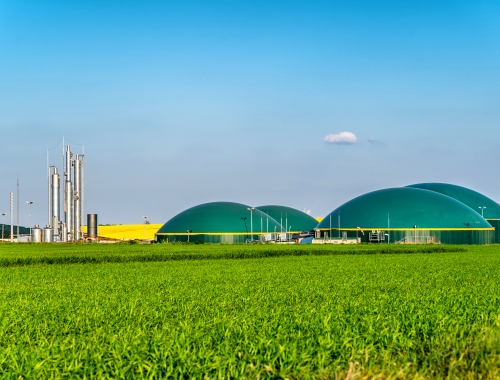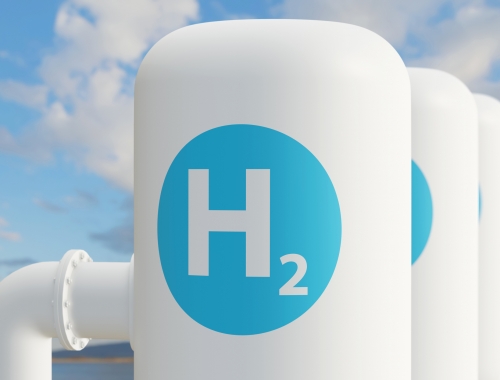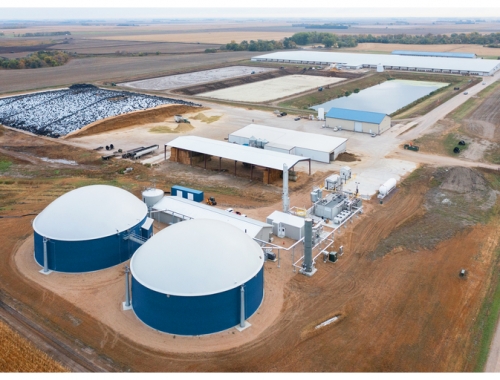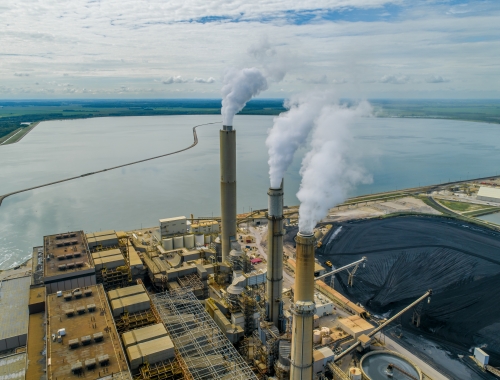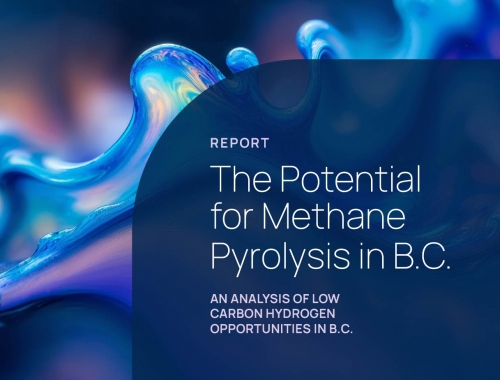Canada releases details on achieving additional methane cuts
SUMMARY
Tougher rules would virtually eliminate flaring operations.
By Dale LunanPOSTED IN:
The government of Canada released November 15 a proposed regulatory framework that it says will help the country’s oil and gas sector achieve at least a 75% reduction in methane emissions by 2030.
Earlier this week, Canada and the US announced tougher laws would be coming to reduce emissions of methane, a more potent greenhouse gas than CO2. The proposed regulatory framework, which will be open to comment from stakeholders until December 12, would achieve this by “expanding the scope of the existing regulations to apply to a wider set of sources, eliminating exclusions, and driving as many individual sources as possible toward zero emissions,” the government said.
Under the framework, regulatory measures will be applied to virtually all facilities handling natural gas, while flaring of gas will be minimised or eliminated, with remaining flares expected to be operated at maximum efficiency.
Flaring will be prohibited at oil production sites, while other hydrocarbon destruction equipment equipment at natural gas sites would need to operate at 99%+ control efficiency, conservation equipment would need to demonstrate 98%+ efficiency and fuel combustion would need to operate at 95%+ control efficiency.
Inspection programmes will be expanded to include non-operating assets, and non-emitting field equipment, when feasible, will be mandated. This is aimed primarily at reducing or eliminating the use of gas-powered pneumatic controls in field operations.
And temporary activities – such as pipeline blowdowns during maintenance work – will now be included in facility-level emission ceilings, with the goal of lowering these to absolute minimums.
Emissions from planned blowdowns would need to either be controlled by routing the gas to a capture system, destruction or by implementing practices that re-route or avoid the need to blowdown gas.
The regulations also intend to crack down on fugitive methane emissions, with all facilities – even single wellheads – would be required to have fugitive emissions management plans that include monthly inspections.
Emissions monitoring methods will be standardised under the proposed regulatory framework, with comprehensive recordkeeping and reporting requirements, so that sufficient information is available to verify compliance.
“The existing methane regulations include some performance-based requirements, including maximum emission limits for venting from facilities, and alternative leak detection and repair approaches,” the government said. “Extending these concepts could allow for near-continuous monitoring of all methane emissions at a facility-level.”


